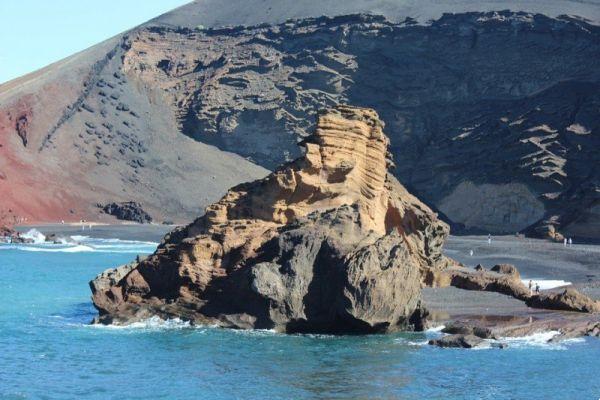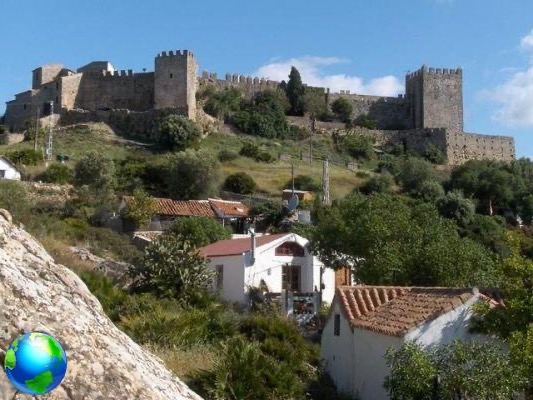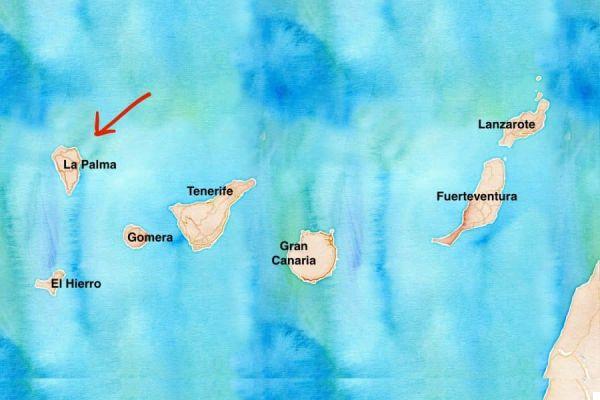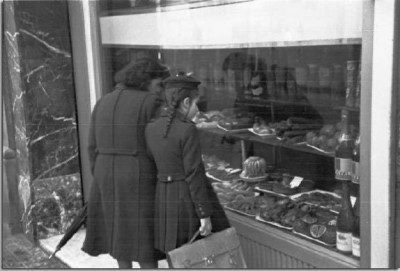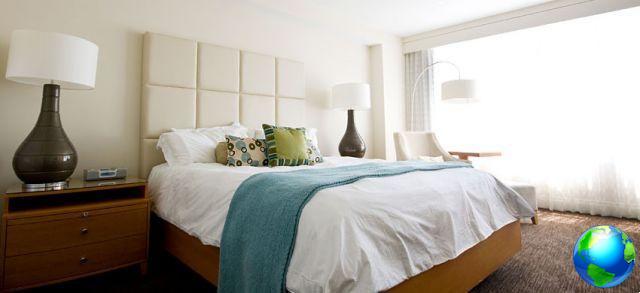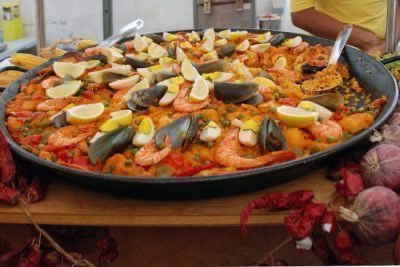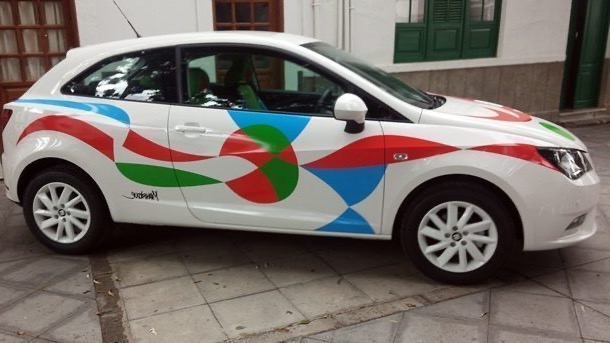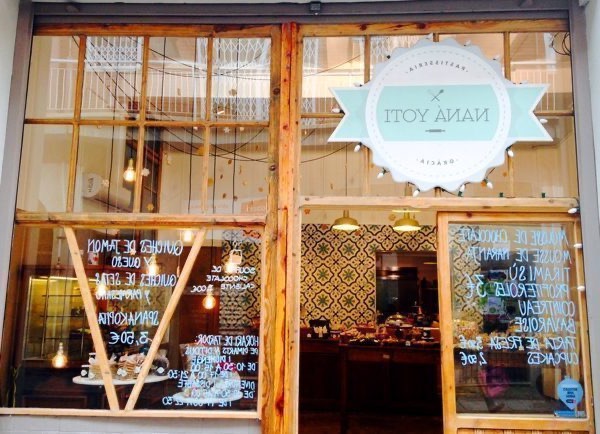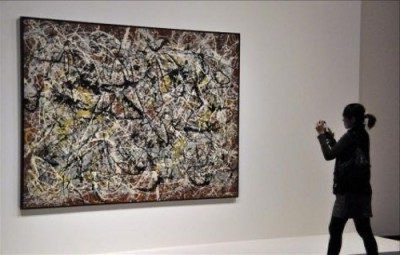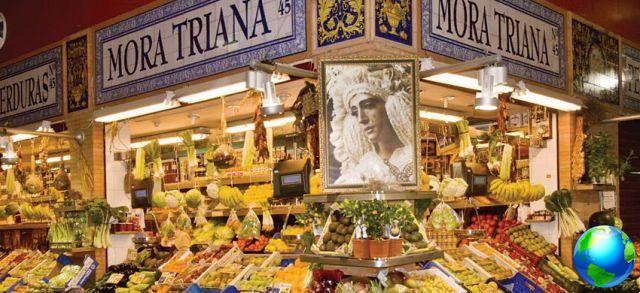
One of the best places to understand a local reality is the food market, and this is even more true in a sunny city like Seville where the daily ritual of shopping becomes the excuse to leave the house, meet friends and neighbors, have a chat, maybe even take a break with a fresh cerveza and a saucer of tapas.
Mingle with the locals and visit one or more markets of Seville. It is a great way to admire interesting, sometimes even bizarre, architecture and discover curious aspects of the local history, as well as of course to shop or have a snack. In a short time and without great language skills you will be able to socialize with the Sevillians, curious and hospitable people.
From the oldest markets to those recently inaugurated but already very popular meeting places, here is the complete guide to covered markets of Seville not to be missed.
They are all food markets, where most of the shops or stalls sell fresh fruit and vegetables, meat, fish and shellfish, typical cheeses of the area but also international delicacies and ethnic foods.

La Ravine Market it is the most popular gourmet market in the city of Seville and represents the testimony of how a traditional market can evolve to keep up with the times.
It is a covered market in the heart of the city, a stone's throw from the main tourist attractions and at the foot of the iconic Isabella II bridge, better known as Ponte di Triana. It was built in the late nineteenth century on the foundations of a disused building.
Its iron structure, typical of the time, gave rise to the misunderstanding that the market was designed by Gustave Eiffel, to whom we owe the famous tower of Paris that bears his name. In reality, according to some historical sources, the French engineer was not involved in the market project.
Spread over two floors with a total area of about 1500 square meters, the Lonja del Barranco market has 20 dining options offering more than 150 different culinary specialties.
Don't expect tapas bars with an informal atmosphere or unpretentious taverns: the gastronomic offer of the Lonja del Barranco market is of the highest order and the premises are all well-finished in design and service. Instead of noisy cafes with a warm atmosphere, you will find steakhouses, cocktails, seafood and sushi restaurants, vegetarian restaurants, delicatessens and New York-style cafes.
A trendy place, in short, where the specialties of local gastronomy are reinvented with creativity and modern taste and prepared only with quality ingredients.
The coolest corner of this market is the roof terrace, a popular meeting place for young Seville professionals who come here to sip fine cocktails while admiring the city views and getting noticed.
Numerous cultural events are organized inside the market, including concerts, theatrical performances, art and photography exhibitions, courses, meetings, cooking shows and corporate events.
Hours: Sunday to Thursday 10:00 - 00:00; Friday and Saturday 10:00 - 02:00
El Arenal is another beautiful covered market in the heart of Seville, housed in a singular building designed by the architect Juan Talavera. It is located in the district of the same name, one of the most characteristic of the historic center.
Built in the mid-twentieth century and renovated in the seventies, it is a white building with yellow details, very bright inside thanks to the glass ceiling that lets in natural light.
Less trendy than Lonja del Barranco, it is frequented by a mix of locals and tourists who come here to buy fresh seasonal produce, meat, fish, cheeses and souvenirs.
Hours: Sunday and Monday: 9: 00-19: 00; Tuesday to Saturday: 9: 00-12: 00.

Once a neighborhood of the gitanos, the Triana area is considered the birthplace of flamenco and the original place of production of traditional Seville ceramics. It is not surprising that in this district one of the most faithful to tradition covered markets in Seville is found.
Il Triana market, Also known as Plaza de Abastos, was founded in the nineteenth century over the remains of the ancient Castle of San Jorge, which since 1481 was the seat of the Inquisition Court. It stands a stone's throw from the bridge of the same name and is a real institution in the neighborhood.
The gloomy atmosphere of the Inquisition is no longer felt: today the Triana market is colorful and lively, decorated with the typical Andalusian tiles and animated by the shouts of customers and sellers.
It is the right place for a cervecita accompanied by a bocadillo (sandwich), a tapas or a skewer of fish, but also to enjoy more modern and creative dishes or taste international specialties.
In addition to food shops, inside the Triana market you will find shops selling gift items, shoes, a hairdresser's shop, a theater and a cooking school.
Hours: Monday to Saturday 9:00 - 15:00, Sunday and holidays: 12:00 - 17:00. Some shops and restaurants may be open at different times.
Located next to a pretty church dating back to the thirteenth century, the small and elegant Fair Street Market it is one of the oldest in Seville and still remains one of the most popular today. Being a popular meeting place for Sevillians, it gets very busy on weekends, so if you want to shop slowly try to arrive as soon as it opens.
Here too, as in Triana, the atmosphere is still faithful to tradition and you can enjoy excellent tapas at reasonable prices (try the fish ones!), But there is no shortage of more modern proposals. If you love ethnicity you can delight yourself with the specialties of the fusion corner.
If you come on a Thursday you can also shop for used clothing and handicrafts at the market that takes place in the surrounding streets (called "thursday market").
Hours: Tuesday and Wednesday: 12: 30-18: 00; Thursday, Friday and Saturday: 13: 00-00: 00; Sunday: 13: 00-18: 00.
The most original market in Seville, one of the largest and most modern is certainly the Market of the Encarnacion which occupies the second level de las Seville mushrooms, an avant-garde architectural work with which the city wanted to redevelop a degraded area.
the mushrooms or Metropol Parasol are a spectacular sight to be included in the list of things to see absolutely in Seville. Designed by the Berlin architect Jurgen Mayer, this work with a curious shape of mushrooms joined together represents the largest wooden structure in the world and in a few years it has become one of the top attractions of Seville.
Il internal market to Las Setas occupies an area of 2200 square meters in which there are 40 points of sale arranged in such a way that each can be arranged at right angles, to maximize the visibility of the merchandise on sale.
Although the current appearance is very modern, the market de la Encarnacion has a long history that begins in 1842. It was demolished in 1973 because some structural problems made the building unsafe and the sellers were given temporary accommodation to continue working. It took almost forty years for a permanent home to be returned to them: the new market was officially inaugurated in 2010.
Here, too, you can shop, quench your hunger with delicious tapas, attend concerts and events, plus you can admire a wonderful view of Seville from the panoramic terrace (mirador) at 360 ° with a snake-shaped walkway 250 meters long. Admission to the mirador is subject to a fee, while the market is free.
Hours: Monday to Saturday 8: 00-15: 00






